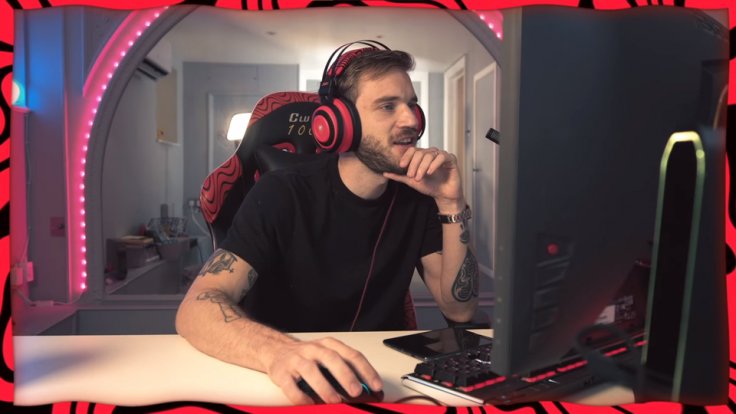Fans of PewDiePie alleged YouTube of partially blocking the popular Swedish YouTuber's videos. The allegations cropped up after PewDiePie's channel or recent videos failed to show up on the website after a simple search on Thursday.
While YouTube denied the allegations, PewDiePie's fans and fellow YouTubers continued to accuse the video-sharing platform of partially blocking his channel and its contents. His subscribers who had their notifications turned on for his videos did not receive an alert notifying about his new video.
PewDiePie, whose name is Felix Kjellberg, also initially claimed that YouTube shadowbanned his channel after he uploaded a video reacting to popular memes. However, he later updated his fans saying that YouTube confirmed to him a bug caused his videos and channel to disappear from the search list. Hours later, the issue appeared to have sorted.

But this did not appear to convince PewDiePie's fanbase who speculated that YouTube stepped back on its decision to shadowban his channel and content given the outrage they caused on Twitter. Earlier in the day, his fans took to Twitter to express their disdain over the issue. This prompted YouTube to issue a statement denying shadowbanning allegations.
"YouTube doesn't shadowban channels. It's possible the video was flagged by our systems as potentially violative & needs to be reviewed first before it shows up in search, etc. Note that reviews are taking longer since we have limited teams due to COVID-19," YouTube tweeted.
What is Shadowbanning?
In simple terms, shadowbanning means a social media platform partially or entirely bans the content of a particular user. While the content remains on the platform, other users cannot view the content or access it. A user can still upload their content on the platform despite being shadowbanned.
A social media platform will not inform the uploader that their content has been shadowbanned. But the content creator notices the problem because their videos get fewer views compared to what they often got.


